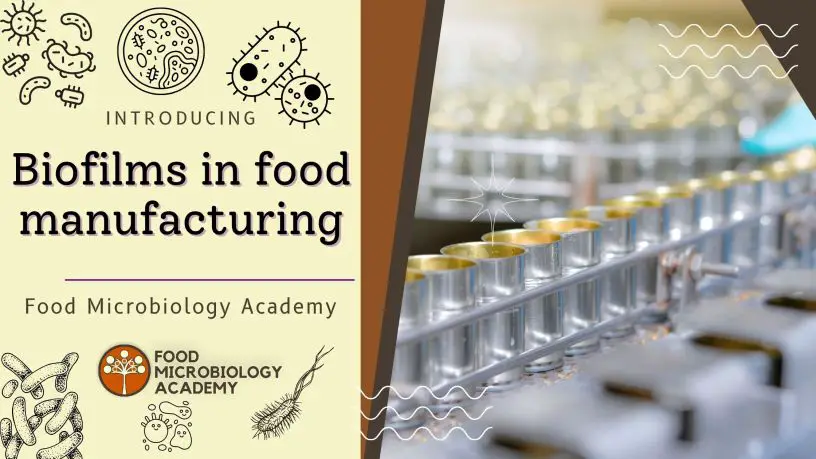Biofilms, intricate communities of microorganisms, represent a fascinating facet of microbiology. Formed on surfaces in diverse environments, from natural ecosystems to medical devices, biofilms are integral to microbial life. The process of biofilm formation begins with initial attachment, as individual microorganisms adhere to a surface. This adherence triggers the secretion of extracellular polymeric substances (EPS), forming a protective matrix that encapsulates the microbial community. As the biofilm matures, microcolonies develop within this matrix, creating a structured and resilient three-dimensional architecture.
The matrix, primarily composed of polysaccharides, proteins, and nucleic acids, serves as a scaffold, shielding microorganisms from environmental stressors such as antibiotics and host immune responses. Within biofilms, microorganisms engage in intricate communication through quorum sensing, enabling coordinated group behaviors. Importantly, biofilms exhibit remarkable resistance to conventional cleaning and antimicrobial treatments, presenting challenges in various fields, including healthcare and industry.
Understanding the biology of biofilms involves unraveling the molecular mechanisms governing their formation, the role of EPS in structural integrity, and the adaptive strategies employed by microorganisms within these communities. Exploring biofilm biology is crucial for devising effective strategies to manage and control their impact in areas ranging from medical settings to industrial processes.
Introduction
In the intricate world of food manufacturing, biofilms stand as both a fascinating natural occurrence and a formidable challenge. Biofilms, complex microbial communities adhering to surfaces and encased in a self-produced matrix, play a significant role in various industries, including food production. This article delves into the multifaceted significance of biofilms in the realm of food manufacturing, exploring their formation, impact on food safety, and potential opportunities for control and prevention.
Understanding Biofilms
- Biofilm Formation
Biofilms in food manufacturing typically comprise bacteria, yeast, and fungi embedded in a slimy extracellular matrix. This matrix, often composed of polysaccharides and proteins, provides a protective environment for microorganisms to thrive. The formation of biofilms involves initial attachment, microcolony development, and the eventual maturation of the biofilm structure. Surfaces commonly found in food processing environments, such as stainless steel, plastic, and rubber, serve as ideal substrates for biofilm development.
- Factors Influencing Biofilm Formation
Several factors influence the formation and persistence of biofilms in food manufacturing settings. Temperature, pH, nutrient availability, and the specific properties of the surface impact the type and composition of biofilms. Understanding these factors is crucial for developing effective strategies to manage and prevent biofilm formation in food processing facilities.
Impact on Food Safety
- Contamination and Spoilage
Biofilms pose a serious threat to food safety as they can harbor pathogenic microorganisms and facilitate their transfer to food products. The presence of biofilms on processing equipment provides a reservoir for bacteria such as Salmonella, Listeria, and Escherichia coli, leading to contamination of food items. Additionally, biofilms can contribute to the spoilage of perishable goods, affecting the quality and shelf life of products.
- Resistance to Cleaning and Sanitization
Biofilms exhibit inherent resistance to traditional cleaning and sanitization methods. The protective matrix and the microorganisms’ ability to form resistant cells, such as bacterial spores, make complete eradication challenging. This resilience can result in persistent contamination of food processing equipment, requiring intensified efforts for sanitation and increased risk of cross-contamination.
- Biofilm-Related Outbreaks
Instances of foodborne illness outbreaks linked to biofilms highlight the critical nature of addressing this issue. Biofilm-associated pathogens can survive harsh conditions, evade routine cleaning procedures, and initiate outbreaks that have significant public health implications. Understanding the links between biofilms and foodborne illnesses is essential for developing targeted prevention and control measures.
Controlling Biofilms in Food Manufacturing
- Improved Cleaning Protocols
Enhancing cleaning protocols is fundamental to controlling biofilms in food manufacturing. Implementing more aggressive and targeted cleaning agents, coupled with optimized cleaning schedules, can help disrupt biofilm formation and eliminate persistent microbial populations.
- Innovative Materials and Surfaces
The development of antimicrobial materials and surfaces is a promising avenue for biofilm control. Researchers are exploring coatings with intrinsic antimicrobial properties to prevent microbial attachment and biofilm formation on equipment and processing surfaces.
- Advanced Monitoring and Detection
Utilizing advanced monitoring and detection technologies is crucial for identifying and addressing biofilm issues in real-time. Rapid detection methods, such as ATP bioluminescence assays and molecular techniques, enable quick assessment and response to biofilm presence before it escalates into a food safety concern.
- Biofilm-Disrupting Enzymes
Enzymes with the capability to break down the extracellular matrix of biofilms are emerging as potential biofilm control agents. These enzymes, known as biofilm dispersal enzymes, offer a targeted and environmentally friendly approach to disrupting biofilms in food processing environments.
Opportunities for Future Research and Collaboration
- Interdisciplinary Approaches
Addressing the challenges posed by biofilms in food manufacturing requires interdisciplinary collaboration. Researchers, microbiologists, engineers, and industry professionals must work together to develop holistic solutions that integrate microbiological knowledge with engineering innovations.
- Sustainable Practices
Exploring sustainable practices for biofilm control is essential in aligning with global efforts towards environmentally friendly solutions. Research into eco-friendly cleaning agents, biofilm-disrupting enzymes derived from natural sources, and green technologies can contribute to more sustainable food manufacturing practices.
- Regulatory Frameworks
Developing and implementing regulatory frameworks specifically addressing biofilm control in food manufacturing is critical. Regulatory bodies need to work alongside the industry to establish guidelines and standards that promote effective biofilm management while ensuring the safety and quality of food products.
Conclusion
The significance of biofilms in food manufacturing cannot be overstated. As both a challenge and an opportunity, understanding the intricacies of biofilm formation, their impact on food safety, and implementing effective control measures are vital for the industry’s success. With continued research, innovative technologies, and collaborative efforts, the food manufacturing sector can navigate the complexities of biofilms, ensuring the production of safe, high-quality food for consumers worldwide.

